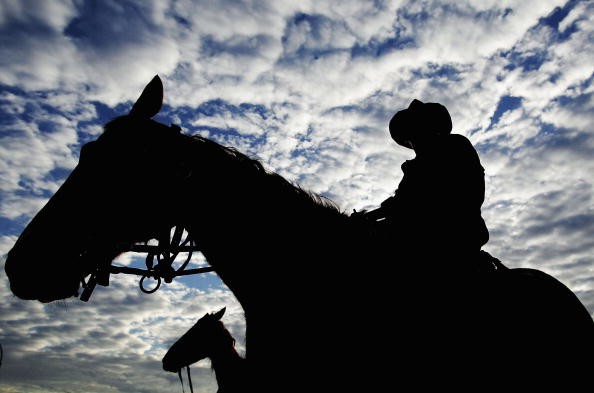According to new research, archaeologists finally unearthed 4,500 and 5,000 years old skeletons that showed the first evidence of horseback riding.
Horses played a significant role in ancient times for trade and development.
Using wagons and wheels, it had become more accessible for old communities to move and conduct trade.
While horses might have played a significant role, the study noted that the origins of horseback riding evidence became elusive.
The study findings were published in Science Advances.
The first evidence of horseback riding
Ancient skeletons were crucial for researchers and archaeologists in unlocking discoveries.
The archaeological evidence of remains was preserved under the burial grounds.
The report and the findings were also published on the Phys.org website and Associated Press (AP).
According to the reports, archaeologists found ancient skeletons from Yamnaya's burial mounds.
Reports showed that the population of Yamnaya managed to exist in the Pontic-Caspian steppes.
They were also known as sheep herders.
Reports said that the Yamnaya managed to innovate their productivity using wagons and wheels.
The research published in Science Advances explained that horseback equipment was considered rarely preserved, making it more difficult for researchers.
The Yamnaya culture had essential burial mounds called kurgans.
The reports said that Yamnaya managed to move to parts of Eurasia, Mongolia and Hungary.
The use of horses and other animals was significant in ancient times because of their role in trade, war, agriculture and development.

Researchers found the first evidence of horseback riding activity of Yamnaya from a 4,500 to 5,000-year-old skeletons.
Professor Volker Heyd from the University of Helsinki explained that horseriding activity could have evolved before horse domestication in the Fourth millennium BCE.
The study looked into 217 skeletons from 39 sites.
The researchers noted that about 150 burial mounds could have belonged to Yamnayans.
According to Associated Press, the researchers identified five possible riders living 4,500 to 5,000 years ago.
Also Read: Kelp Forest Replanting by 2040 Shows Crucial to Save from Decline, Brink of Extinction
While there is evidence of keeping horses for milk in the 3500 to 3000 BCE, the latest discovery showed the direct and first evidence of horseback riding in ancient times.
The study explained that biochemical stress markers helped the study find possible ideas or clues about the horseback riding equipment.
Furthermore, the researchers noted that horseback riding activity has a rider and mount.
As mentioned, finding human remains was easier than preserving ancient horseback riding.
While it was still unclear what purpose the horseback riding was for the Yamnaya population, the reports explained that it could have been used for alliances, effective communications, trade and economy.
Research challenges
Although there was substantial evidence of horseback riding activity, the study explained that the riders could have suffered from a lack of training and appropriate gear.
The research added that studying and diagnosing skeletal traits could be challenging due to limitations and possible genetics.
Furthermore, the success of the research came from studying archeological skeletons preserved on burial grounds.
It would be difficult for researchers to unearth skeleton and horseback riding gears.
Related Article: 5 Most Expensive Horse Breeds in the World: What They're Worth
For more similar, don't forget to follow Nature World News.
© 2024 NatureWorldNews.com All rights reserved. Do not reproduce without permission.

![Climate Change is Reducing Dust Levels Worldwide as Arctic Temperature Warms [Study]](https://1471793142.rsc.cdn77.org/data/thumbs/full/70320/280/157/50/40/climate-change-is-reducing-dust-levels-worldwide-as-arctic-temperature-warms-study.jpg)



